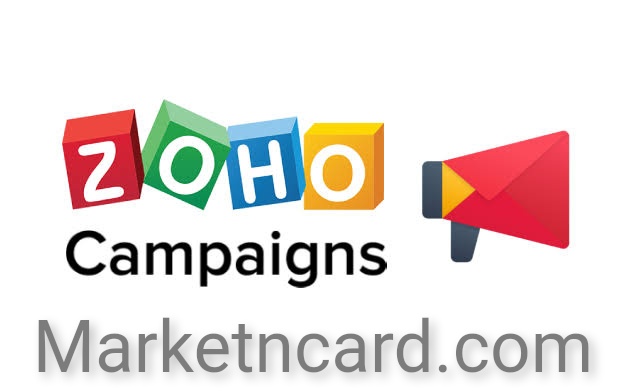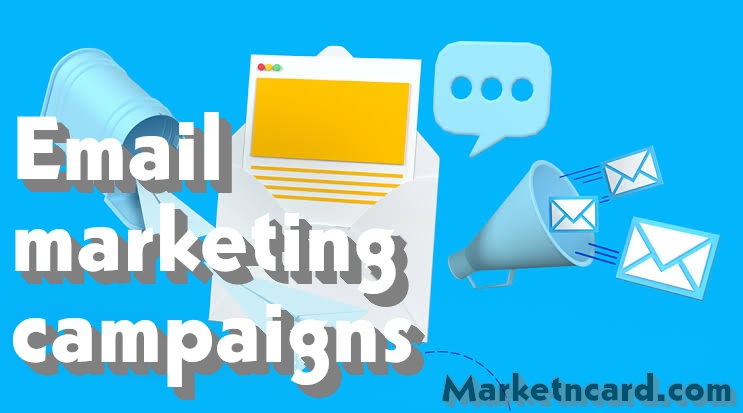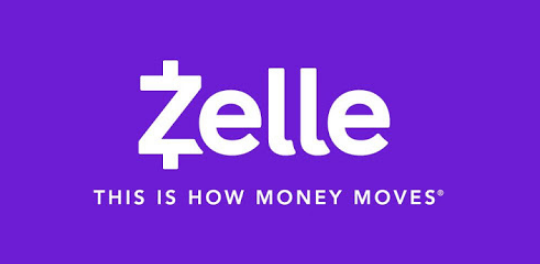While many digital marketers are using the old methods of targeting their audience, this article shows how behavioral sciences can be used to adjust marketing for the better. These insights can help marketers create a custom-made experience for customers which will ultimately increase conversions and customer satisfaction. With these new methods, you’ll be able to use what you learn about your customers online in order to make smarter decisions about your marketing content and campaigns.
How to Use Behavioral Science in Digital Marketing
If you want to be successful in digital marketing, it’s important to understand how people make decisions. And that’s where behavioral science comes in.
READ MORE: Black Friday Email Marketing Ideas to Skyrocket Your Sales – APPLY NOW
Behavioral science is the study of how people think, feel, and behave. It can help you understand why people make the choices they do, and how you can influence their decisions.
There are a few key concepts in behavioral science that you can use in your digital marketing campaigns:
- Social proof: People are more likely to do something if they see other people doing it. So, if you can show potential customers that others are using and enjoying your product or service, they’re more likely to give it a try themselves.
- Authority: People tend to trust and follow those who are seen as experts or authorities in their field. If you can position yourself or your brand as an authority in your industry, you’ll be more likely to win over customers and clients.
- Scarcity: People value things that are scarce or in limited supply. If you can create a sense of urgency around your product or service, you’ll be more likely to persuade people to take action.
- Loss aversion: People are more motivated by avoiding losses than they are by achieving gains. So, if you can show potential customers what they stand to lose by not using your product or service, you’ll be more likely to convince them to give it a try.
Behavioral science can help you design more effective digital marketing campaigns that influence people’s decisions and get them to take action. Keep these concepts in mind as you plan your next marketing campaign, and you’ll be on your way to success.
What is Behavioral Science?
Behavioral science is the study of human behavior. It encompasses psychology, sociology, anthropology, and economics. Behavioral science can be used to understand why people make the choices they do, and how those choices can be influenced.
Behavioral science can be applied to digital advertising in a number of ways. For example, understanding how people respond to different types of ads can help create more effective campaigns. Additionally, understanding why people click on certain ads or links can help improve click-through rates.
By applying behavioral science to digital advertising, marketers can gain a better understanding of their target audience and create more effective campaigns.
Types of Behaviors
There are four main types of behaviors that digital advertisers can target:
- Pre-purchase behavior – This is the behavior that happens before someone makes a purchase. Advertisers can target ads to people based on their search terms, what websites they visit, and what products they look at.
- Purchase behavior – This is the behavior that happens when someone makes a purchase. Advertisers can target ads to people based on their purchase history, what items they put in their shopping cart, and whether they complete the purchase.
- Post-purchase behavior – This is the behavior that happens after someone makes a purchase. Advertisers can target ads to people based on their satisfaction with the product, how likely they are to recommend it to others, and whether they repurchase it in the future.
- Reactive behavior – This is the behavior that happens in response to an ad. Advertisers can target ads to people based on how they interact with the ad, whether they click on it, share it, or make a purchase after seeing it.
How to Make Your Ad Relevant
Behavioral science can help you make your ad more relevant to your target audience. By understanding how people think, feel, and behave, you can create an ad that resonates with them on a personal level.
Here are some tips for using behavioral science in digital advertising:
- Know your audience. The first step is to understand who your target audience is and what motivates them. What are their needs and desires? What do they care about? What triggers their buying decisions?
- Appeal to emotion. People make buying decisions based on emotion, so it’s important to tap into that with your ad. Create an emotional connection with your audience by evoking positive feelings like happiness, excitement, or fear.
- Use social proof. We are social creatures and tend to look to others for cues on how to behave. You can use this to your advantage by incorporating social proof into your ad. For example, if you’re selling a product, you can show customer testimonials or reviews. If you’re promoting an event, you can highlight how popular it is by featuring a celebrity endorsement or showing sold-out tickets.
EMAIL MARKETING: Bulk Email Marketing: Tips You Should Be Using Right Now
Why Does it Work?
Behavioral science is the study of how people think, feel, and behave. It can be used to influence people’s decisions, and ultimately their behavior.
Digital advertising is a form of marketing that uses online channels to reach and engage customers. By using behavioral science in digital advertising, businesses can more effectively target and influence potential customers.
Behavioral science can help businesses understand why people make the decisions they do. It can also be used to identify patterns in behavior, and predict how people are likely to respond to certain stimuli. This information can then be used to create more effective digital advertising campaigns.
Digital advertisers can use behavioral science to:
- Understand what motivates people to make a purchase
- Create ads that are more likely to be clicked on
- Improve the overall effectiveness of their digital marketing campaigns
The Biggest Misconceptions About Behavioral Targeting
There’s a lot of talk these days about behavioral targeting in digital advertising, and it’s easy to see why. After all, who wouldn’t want to target ads specifically at people who are most likely to be interested in them?
However, there are also a lot of misconceptions about behavioral targeting, which can lead to it being used in ineffective and even harmful ways. In this blog post, we’ll dispel some of the biggest myths about behavioral targeting so that you can make sure you’re using it in the most effective way possible.
Myth #1: Behavioral Targeting Is Creepy
One of the most common objections to behavioral targeting is that it’s “creepy” or “stalkerish.” After all, how can it not be creepy to target ads based on someone’s past behavior?
The reality, though, is that behavioral targeting is no more creepy than any other form of targeted advertising. If anything, it’s actually less creepy, because you’re not targeting ads based on personal information like age, gender, or location. Instead, you’re targeting ads based on something that the user has already shown an interest in.
Myth #2: Behavioral Targeting Doesn’t Work
Another common misconception about behavioral targeting is that it doesn’t work. This is simply not true.
There are a number of studies that have shown the effectiveness of behavioral targeting, both in terms of increasing click-through rates and in terms of conversion rates. In one study, for example, behavioral targeting was shown to increase click-through rates by 400%. In another study, it was shown to increase conversion rates by 50%.
Conclusion
If you want to stay ahead of the curve in digital marketing, it’s important to understand and use behavioral science. By understanding how people think and behave, you can more effectively design marketing campaigns that will resonate with your audience. With a little bit of effort, you can start using behavioral science to improve your digital marketing results today.
SEE: How To Write An Effective Email Marketing Brief
FAQ
Why use Behavioral Science in Digital Advertising?
As a marketer, you are always looking for ways to better understand your target audience and figure out what motivates them. You want to create campaigns that will resonate with them and inspire them to take action. This is where behavioral science comes in.
Behavioral science is the study of human behavior. It can help you to understand why people make the decisions they do, and how you can influence their behavior. By understanding behavioral science, you can create more effective digital marketing campaigns that will reach your target audience and achieve your desired results.
Here are some reasons why you should use behavioral science in your digital marketing:
- Understand What Motivates Your Target Audience
One of the most important aspects of effective marketing is understanding what motivates your target audience. What are their needs and desires? What drives their behavior?
With behavioral science, you can gain insights into these things so that you can create campaigns that appeal to your target audience’s motivations. This can lead to more successful campaigns and higher conversion rates.
- Create Personalized Communications
Another benefit of using behavioral science in digital marketing is that it allows you to create more personalized communications. You can segment your audience based on
Behavioral science can help digital marketers design more effective campaigns and understand how consumers make decisions. By understanding the psychological factors that influence behavior, marketers can develop targeted messages and strategies that better resonate with consumers.
When to Use Behavioral Science in Digital Advertising
There are a number of instances where using behavioural science in digital marketing can be beneficial. For example, if you’re trying to increase click-through rates on your ads, understanding how people make decisions can help you craft more effective messaging.
Similarly, if you’re trying to decrease the number of people who unsubscribe from your emails, understanding why people make the decision to unsubscribe can help you design a more effective retention strategy.
Ultimately, using behavioural science in your digital marketing efforts can help you better understand your customers and create more effective campaigns that produce results.
Who Should Use Behavioral Science in Digital Advertising?
Behavioural science is the study of human behaviour, and it can be used to great effect in digital marketing. By understanding how people think, feel and behave, you can create more effective marketing campaigns that are better targeted and more likely to achieve the desired results.
There are a number of different disciplines within behavioral science, including psychology, sociology and anthropology. All of these disciplines can offer valuable insights into human behavior, and all have something to contribute to the field of digital marketing.
SEE: Mailchimp Academy: Grow Your Business With Confidence
If you’re looking to use behavioural science in your digital marketing campaigns, there are a few things you should keep in mind. First, it’s important to understand that everyone is different and that there is no one-size-fits-all approach to behavioural science. Second, it’s important to be aware of the ethical considerations involved in using behavioural science in marketing. And finally, it’s important to remember that behavioural science is an evolving field, and new discoveries are being made all the time.
So who should use behavioral science in digital marketing? The answer is: anyone who wants to create more effective campaigns. Whether you’re a small business owner looking to increase sales, or a large corporation trying to better engage with your customers, behavioral science can help you achieve your goals.





